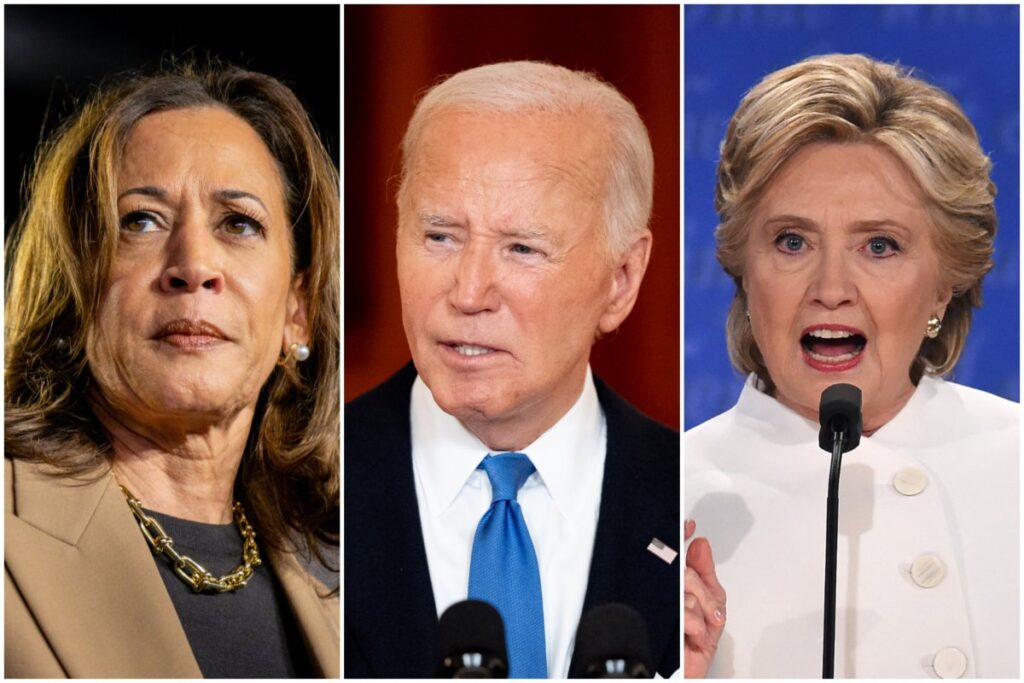
As the 2024 U.S. presidential election cycle intensifies, Vice President Kamala Harris’s position in the final pre-election polls is drawing attention, with political analysts and voters examining her popularity in comparison to President Joe Biden and former Secretary of State Hillary Clinton in their respective election years.
While Biden entered the final stretch of his 2020 presidential campaign with solid poll numbers, driven by a unifying platform against then-President Donald Trump, Harris’s numbers are being scrutinized in the context of both her unique appeal and challenges. Hillary Clinton, the 2016 Democratic nominee, had a more polarized polling profile, where national surveys often reflected a narrow lead, hindered by high unfavorable ratings.
Vice President Harris’s performance in the polls appears influenced by multiple factors: her groundbreaking role as the first female and first woman of color vice president, her record on key issues, and the evolving priorities of the American electorate. Comparisons between her favorability and Biden’s in 2020 underscore shifts in voter sentiment, while parallels with Clinton’s 2016 polling highlight similar dynamics around gender and electability.
The analysis of Harris’s numbers also considers external pressures, including economic concerns and cultural divides, as she seeks to consolidate support from the Democratic base and appeal to independents. As Election Day nears, Harris’s polling trends will continue to be pivotal in shaping the Democratic strategy and understanding her impact on the broader electoral landscape.
4o





